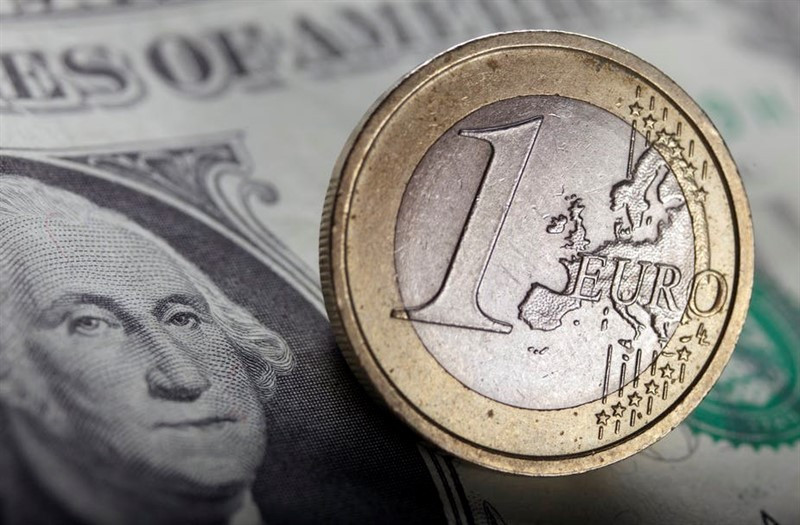
The US currency continues to update multi-year peaks. Since the beginning of the year, it has risen in price relative to its main competitors by about 15%.
Many experts believe that fighting the dominance of the dollar is like trying to stop a train, and are betting on further strengthening of the USD.
At the same time, some analysts doubt that the greenback still has a lot of things left in stock.
The long-term growth of the greenback is becoming increasingly inconvenient for the United States' trading partners, because the increase in the value of imports in dollar terms occurs as the world struggles with rampant inflation.
The Federal Reserve remains one of the hawkish central banks, thanks to which the USD gains an advantage over other leading currencies.
The rest of the global central banks can only watch their currencies weaken or slow down the process by selling dollars or raising rates, risking a sharp slowdown in economic growth.
The fact that the greenback has already risen to the highest levels in more than 20 years does not bother Fed officials at all.
The fact is that the expensive dollar helps the US central bank to return inflation to the target level of 2%.
Commerzbank strategists note that it is becoming more and more difficult for the Fed to push the USD up.
"Recent news from the Fed justifies the current strengthening of the dollar, but hardly gives any new arguments. We still consider this to be a moderately positive moment for USD. Past hawkish statements are hard to beat. It is becoming less and less likely that the Fed will be able to push the greenback to a significant strengthening. Those who bet on the growth of the greenback should hope for other factors," they said.
In addition to expectations of further tightening of the Fed's policy, the dollar is supported by an increase in demand for safe haven assets amid rising geopolitical tensions and fears of a global recession.
In addition, investors believe that the economies of other countries look too fragile to maintain such high rates as those assumed in the United States.
The Bank of England raised interest rates by 50 basis points on Thursday to cope with inflation, but like previous rate hikes in recent months, the move failed to support the pound as it was overshadowed by concerns about the outlook for the British economy.
The European Central Bank is raising rates at the fastest pace in the history of observations. Two weeks ago, the central bank raised the cost of borrowing by 75 basis points at once.
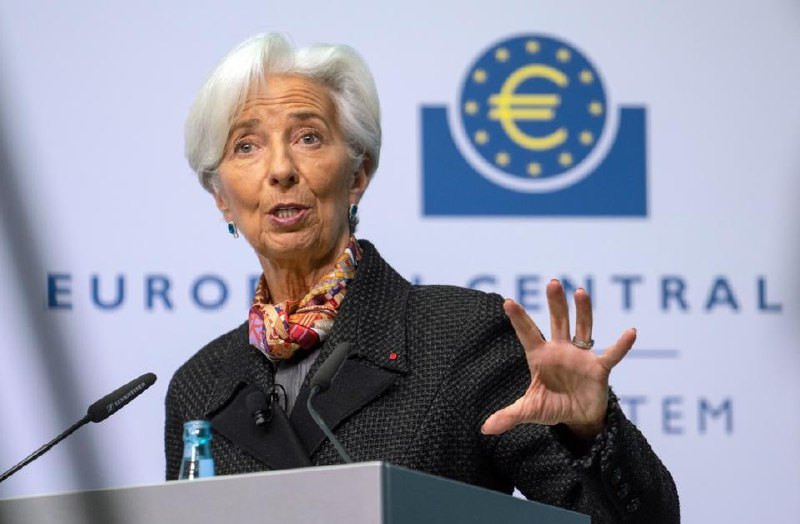
"The European Central Bank may need to raise interest rates to a level that limits economic growth in order to cool demand and combat unacceptably high inflation," ECB President Christine Lagarde said on Tuesday.
The strengthening of the hawkish rhetoric of the ECB leadership is offset by concerns about the energy crisis and recession in the currency bloc, which pushes the euro to new 20-year lows.
MUFG Bank adheres to a bearish view on the EUR/USD pair.
"We maintain a short position on EUR/USD. The Fed's commitment to further rate hikes and tightening global financial conditions should continue to favor the strengthening of the US dollar. The US central bank has made it clear that it wants to see sustained evidence of easing inflationary pressures before embarking on a dovish turn in policy. A stronger CPI report in the US for August has become an even more serious obstacle to a dovish turn," the bank's specialists said.
"The main risk for our bearish EUR/USD sentiment may be caused by further weakening of more acute problems with energy supplies in Europe. If gas prices continue to decline ahead of winter, this will help ease concerns about a sharper slowdown in growth in the eurozone. At the same time, the euro may strengthen more than expected if the ECB continues to raise rates at a faster pace, while the Fed makes it clear that it is considering slowing rate hikes," they added.
So far, momentum remains on the dollar's side, given the prospects for further tightening of financial conditions in the United States. A reflection of such prospects is the fact that the S&P 500 index is rapidly approaching the June low, which is likely to be broken in the coming days or weeks, according to MUFG Bank.
Since the beginning of the week, the greenback has strengthened by more than 3% against its main competitors, while the S&P 500 has lost about 5%.
The latest surge in interest in the US currency was caused by signals from the next Fed meeting, which ended on Wednesday and provoked concerns about a faster and sharper rate hike by the central bank to combat inflation.
Higher interest rates can cause economic difficulties and worsen growth prospects. This reduces liquidity in the main risky assets, such as stocks and stimulates the transition to the cache, which in turn leads to a reduction in short positions on the dollar.
The new FOMC forecasts showed that the federal funds rate will rise to 4.25-4.50% by the end of this year and will be 4.50-4.75% in 2023.
The US central bank lowered its estimate of the rise in national GDP in 2022 from 1.7% to 0.2% and expects that unemployment in the country will rise from the current 3.7% to 4.4% next year.
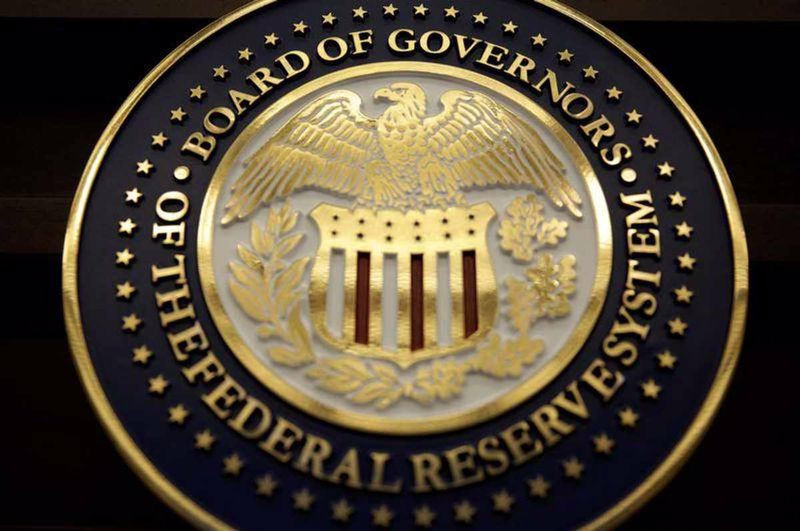
The projected increase in the unemployment rate has attracted the special attention of experts, who point out that if the indicator rises by half a percentage point within a few months, then a recession always follows.
"Thus, the Fed's forecast is an implicit recognition that a recession is likely unless something extraordinary happens," Piper Sandler economists said.
Most equity investors are of the opinion that a "hard landing" scenario is almost inevitable, and their attention is focused on the timing, scale and duration of a potential recession, Goldman Sachs strategists say.
They lowered the S&P 500 index target for the end of the year from 4,300 to 3,600, citing the fact that a sharp change in the Fed's interest rate hike forecast will affect the valuation of US stocks.
At the same time, analysts warned that the risks to their latest forecast are still shifted downward due to the growing chances of a recession - a scenario that will lead to a reduction in corporate earnings, an increase in the yield gap and a decline in the broad market index to 3150.
"Inflation in the US has turned out to be more stable than expected and is unlikely to show clear signs of weakening in the near term. Therefore, it is not surprising that the Fed shows few signs of retreating from its aggressive stance on raising rates," they said.
Goldman Sachs expects that the Fed will raise the key rate by 75 basis points in November, by 50 bps in December and by 25 bps in February, and the maximum interest rate will be reached in the range of 4.5-4.75%.
HSBC adheres to a similar forecast.
"Now we expect from the FOMC an additional rate hike of 75 bps in November, 50 bps in December and a final increase of 25 bps in February 2023. As a result, the target range for federal funds will grow to 4.50-4.75%. The risks for rates may still be shifted upward, given high inflation," the bank's specialists said.
They believe that the Fed's decision on monetary policy in September significantly strengthened the bullish position on USD.
"The dollar should get good support for the following reasons. First, the Fed indicated that there is still a lot to do to bring inflation to the target level. Secondly, a higher peak rate is useful for the greenback. It is also obvious that the US central bank considers a slowdown in growth as a likely and necessary part of this work. As other leading central banks act similarly, the challenging global growth outlook is likely to remain positive for USD. Thirdly, the combination of the first two factors is likely to hinder risk appetite, increasing demand for a safe dollar," HSBC believes.
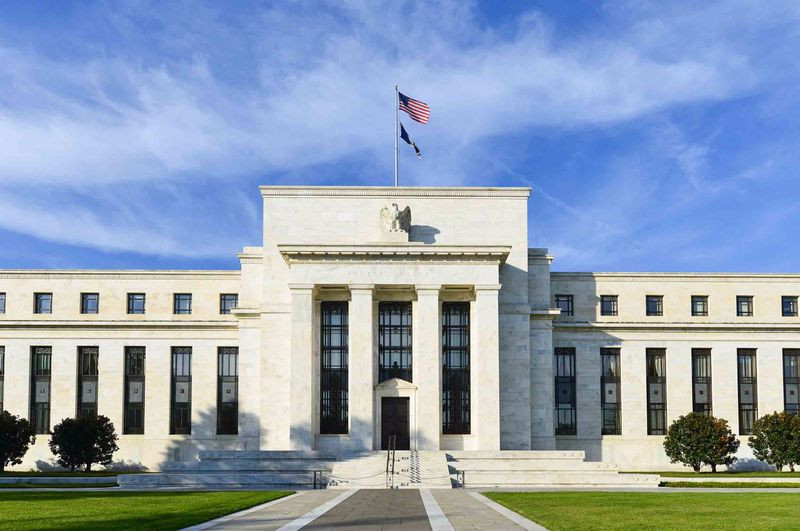
After the US central bank made it clear on Wednesday that it would raise rates more aggressively to contain inflation, and the price of victory in the form of a recession does not frighten it, US stock indexes fell sharply. In particular, the S&P 500 fell by 1.7% to 3,789.93 points.
The EUR/USD pair also suffered significant losses, dropping more than 130 points from the previous closing level of 0.9970.
On Thursday, it tried to recover, but was unable to win back the 0.9900 barrier and lost all the points gained during the day, ending trading in a symbolic negative near 0.9840.
The report published the day before by the European Commission somewhat cooled the rush of bulls on EUR/USD.
According to preliminary estimates, the consumer confidence index in the eurozone fell to a record -28.8 points in September from -24.9 points in August.
Key Wall Street indicators also ended Thursday in the negative territory, continuing to win back the results of the September FOMC meeting. Thus, the S&P 500 plunged 0.8% to 3,757.99 points.
On Friday, the EUR/USD pair was again under selling pressure and fell to the lowest level since October 2002 in the area of 0.9700.
The latest data showed that economic activity in the private sector of the eurozone continues to decline at an accelerated pace.
According to S&P Global, the composite purchasing managers' index of the currency bloc in September fell to 48.2 points from 48.9 points recorded in August.
These data have revived fears of a deep recession in the eurozone.
"The task of politicians to contain inflation and prevent a "hard landing" of the economy is becoming more and more difficult," representatives of S&P Global said.
Meanwhile, the composite US PMI index rose to 49.3 points in September from 44.6 points a month earlier.
"Although U.S. manufacturing output declined in September in both manufacturing and services, in both cases the pace of contraction decreased compared to August, especially in the service sector, where orders returned to moderate growth, dispelling some concerns about the depth of the current downturn," S&P Global analysts noted..
The difference in recession forecasts on both sides of the Atlantic, along with the prevailing atmosphere of risk flight, supports the safe dollar to the detriment of the euro, which, as a risky asset, has to retreat for the company with US stock indices.
The latter are strongly declining on Friday. In particular, the S&P 500 is losing about 2%.
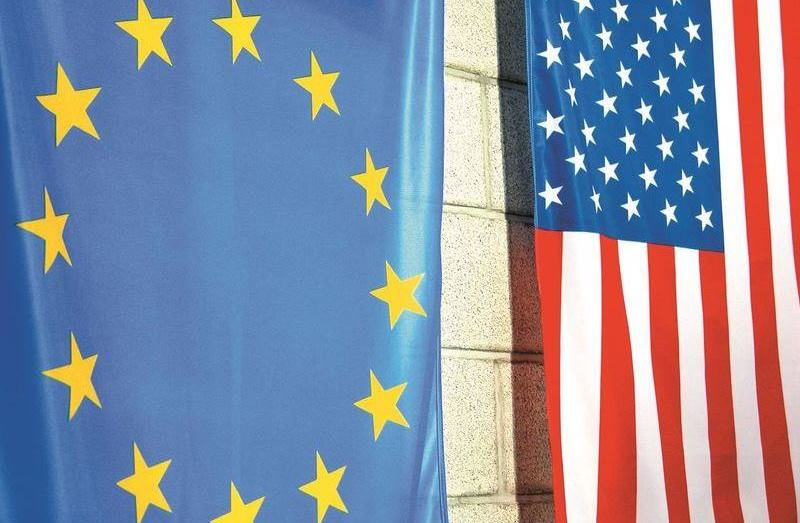
After the US central bank made it clear on Wednesday that it would raise rates more aggressively to contain inflation, and the price of victory in the form of a recession does not frighten it, US stock indexes fell sharply. In particular, the S&P 500 fell by 1.7% to 3,789.93 points.
The EUR/USD pair also suffered significant losses, dropping more than 130 points from the previous closing level of 0.9970.
On Thursday, it tried to recover, but was unable to win back the 0.9900 barrier and lost all the points gained during the day, ending trading in a symbolic negative near 0.9840.
The report published the day before by the European Commission somewhat cooled the rush of bulls on EUR/USD.
According to preliminary estimates, the consumer confidence index in the eurozone fell to a record -28.8 points in September from -24.9 points in August.
Key Wall Street indicators also ended Thursday in the negative territory, continuing to win back the results of the September FOMC meeting. Thus, the S&P 500 plunged 0.8% to 3,757.99 points.
On Friday, the EUR/USD pair was again under selling pressure and fell to the lowest level since October 2002 in the area of 0.9700.
The latest data showed that economic activity in the private sector of the eurozone continues to decline at an accelerated pace.
According to S&P Global, the composite purchasing managers' index of the currency bloc in September fell to 48.2 points from 48.9 points recorded in August.
These data have revived fears of a deep recession in the eurozone.
"The task of politicians to contain inflation and prevent a "hard landing" of the economy is becoming more and more difficult," representatives of S&P Global said.
Meanwhile, the composite US PMI index rose to 49.3 points in September from 44.6 points a month earlier.
"Although U.S. manufacturing output declined in September in both manufacturing and services, in both cases the pace of contraction decreased compared to August, especially in the service sector, where orders returned to moderate growth, dispelling some concerns about the depth of the current downturn," S&P Global analysts noted..
The difference in recession forecasts on both sides of the Atlantic, along with the prevailing atmosphere of risk flight, supports the safe dollar to the detriment of the euro, which, as a risky asset, has to retreat for the company with US stock indices.
The latter are strongly declining on Friday. In particular, the S&P 500 is losing about 2%.
 English
English 
 Русский
Русский Bahasa Indonesia
Bahasa Indonesia Bahasa Malay
Bahasa Malay ไทย
ไทย Español
Español Deutsch
Deutsch Български
Български Français
Français Tiếng Việt
Tiếng Việt 中文
中文 বাংলা
বাংলা हिन्दी
हिन्दी Čeština
Čeština Українська
Українська Română
Română

